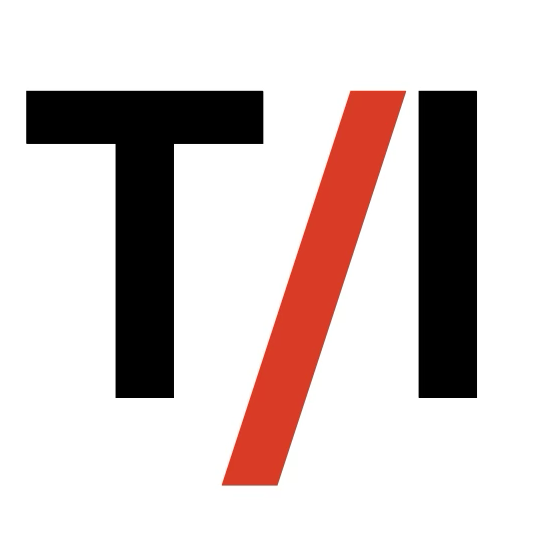Mid-sized companies sometimes struggle with internal service departments, when it comes to change, especially 🛡️ IT departments, which are fundamentally designed to maintain, secure and defend against disruption (which is a good thing). However, when it comes time to adapt and forge new paths, it is time for the ⚔️ engineers to craft new tools, methods and protocols for business health.
Firstly, lets look at clarifying the difference between the two roles, so that they do not become agents of conflict, locked in their own battle, to the detriment of the entire company.
In our world, we toss around labels like ‘programmer,’ ‘developer,’ ‘engineer,’ ‘coder,’ ‘IT (Information Technology),’ and even ‘hacker’ as if they’re interchangeable. But each carries its own connotation, prestige, and expectation. Clarifying these isn’t about semantics, it’s about operational clarity.
"Gap filling, requires process thinking, and sometimes proactive attention to details which falls more in the realm of ⚔️ 'engineering'."
For the sake of this discussion, when it comes to the need for change – and change management, in many cases of modern businesses today – some form of technical solution is part of that change. For example, issues with supply and demand may stem from a gap between information availability and decision points, and 'Information Technology' as a medium for transaction, can play a big part, which is not necessarily what the 🛡️ 'IT (Information Technology)' department is hyper-tuned to play a key part. Same term, but different expectations related to the underlying nature of the "IT" department.
Push your engineers to design and implement with change management and IT new ways of operating for departments and the customers they serve.
Gap filling, requires process thinking, and sometimes proactive attention to details which falls more in the realm of ⚔️ 'engineering'. But, in many cases, where is the engineering team? Well, in many cases, they don't exist within an organization, because they are only needed when change is needed. So the work falls upon IT departments, and client facing departments struggle to translate VOC (Voice of Customer) to engineered solutions. And this is where the friction, and fallout begins. Customers collide with customer service, mid-management leadership burns out, heads begin to roll, stock price begins to slide, and brand reputation begins to tumble.
Engineers can get ahead of all this.
They listen to the signals early, and in fact can already know what signals will be in-bound before they even happen. Good engineers distinctly understand usability, infrastructure, business roadmaps, platform stacks, and even the entire breadth and depth of what IT departments need to maintain, after engineering is complete.
"...ensure that the functions of traditional IT are praised for how they must operate."
Therefore it is up to business managers, and leadership to ensure that the functions of traditional IT are praised for how they must operate, and ensure that there is a clear understanding of the roles, responsibilities of the engineer to the company. The responsibilities of the engineer are to consider many aspects of business operations, its departments and even customer response.
Solutions to Consider:
- Consider the adoption of new terms, culture and practice, such as DevOps, which is a methodology that promotes collaboration between developers and IT teams to build, test, deploy, and monitor applications faster and more reliably.
- Consider contracting solutions engineers, such as ourselves – True Interaction, which for the past 20+ years have dedicated our efforts towards business outcomes, without overshadowing the ways and means of IT departments. Our mission is to forge ahead, while giving the keys to the gatekeepers.
- Consider the cost-of-ownership and innovation requirements of 'off-the-shelf' solutions, such as CRMs and ERPs, and their 3rd-Party marketplace applications. Some come with tight integrations, whereas others may need configuration, custom development and rollout schedules.
As the founder and principal consultant at True Interaction, I am still amazed by similar business needs and related unmet customer expectations. You'd think here in 2025, all corporations would have fully implemented platforms – centralized 'source of truth', business intelligence free of gaps, and departments free of operational burden. However – markets, threats, competition, human resources and, tools change - but tried and true engineering methodology does not.
If you're struggling today with change, do not hesitate to contact us to set up a strategy call. We're experts at handling your type of situation.
